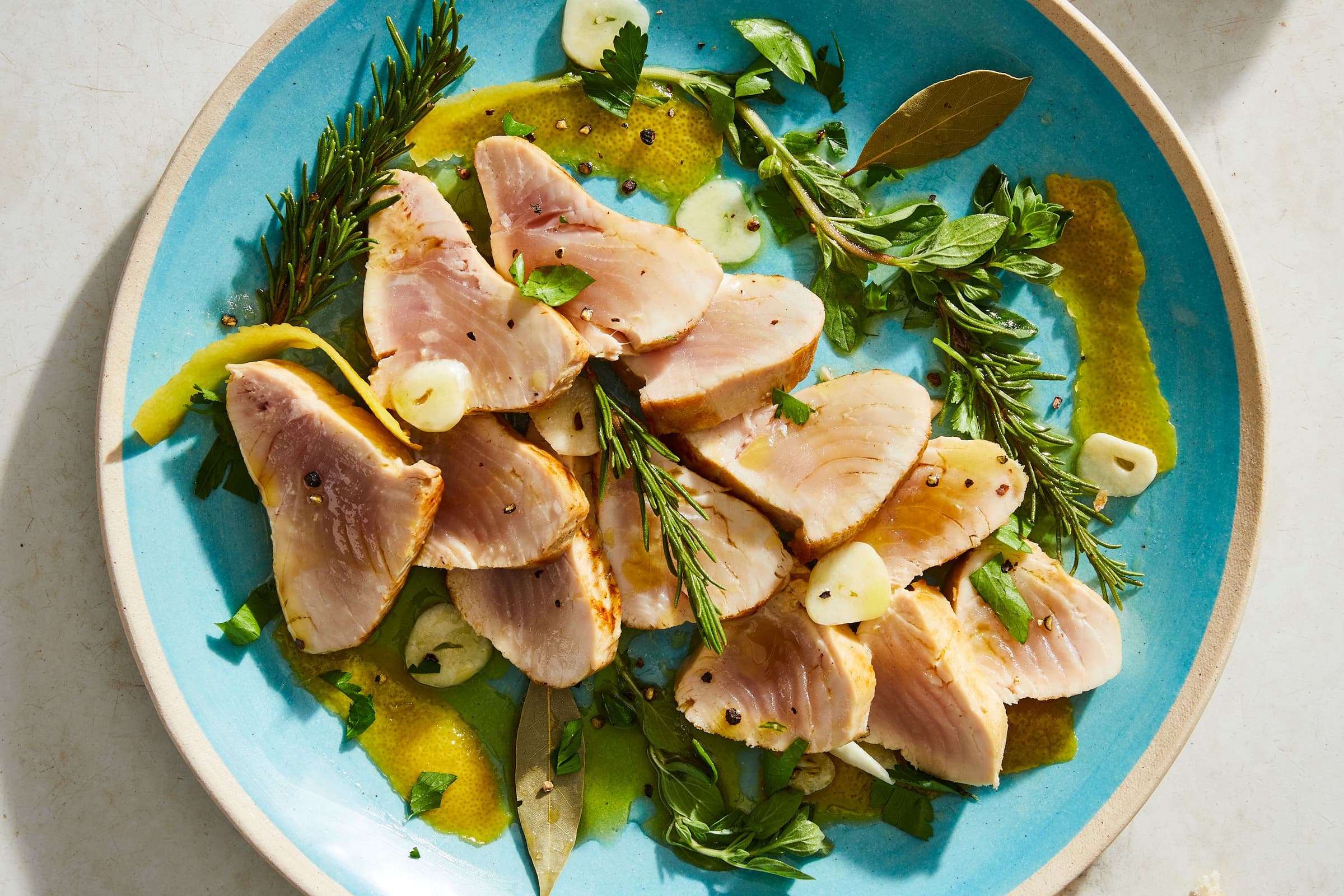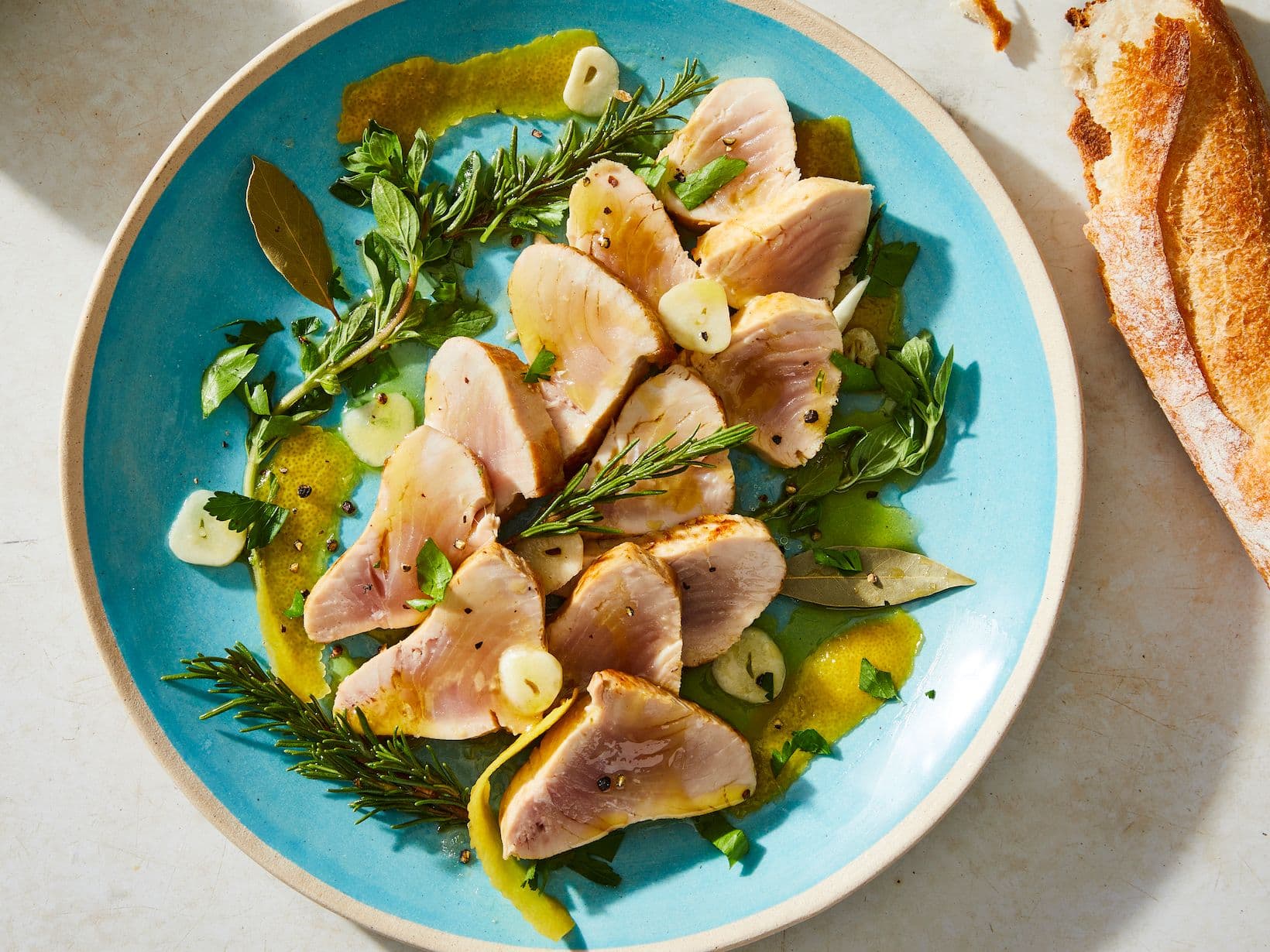America's Fish
Although there are many species of tuna, you’re most likely to find one of four tuna species on your plate: bigeye, yellowfin, albacore, or skipjack tuna. These four make up the bulk of the commercial tuna market, but to assume that this means there are only four consumer options would be to ignore the variety (and intricacies!) of the big (sometimes bad) world of tuna.
According to the National Fisheries Institute, tuna is the second most popular seafood product consumed in the United States, second only to shrimp. And speaking of tins, when it comes to canned tuna, Americans eat about 1 billion pounds every year — making up a third of the entire domestic seafood market.
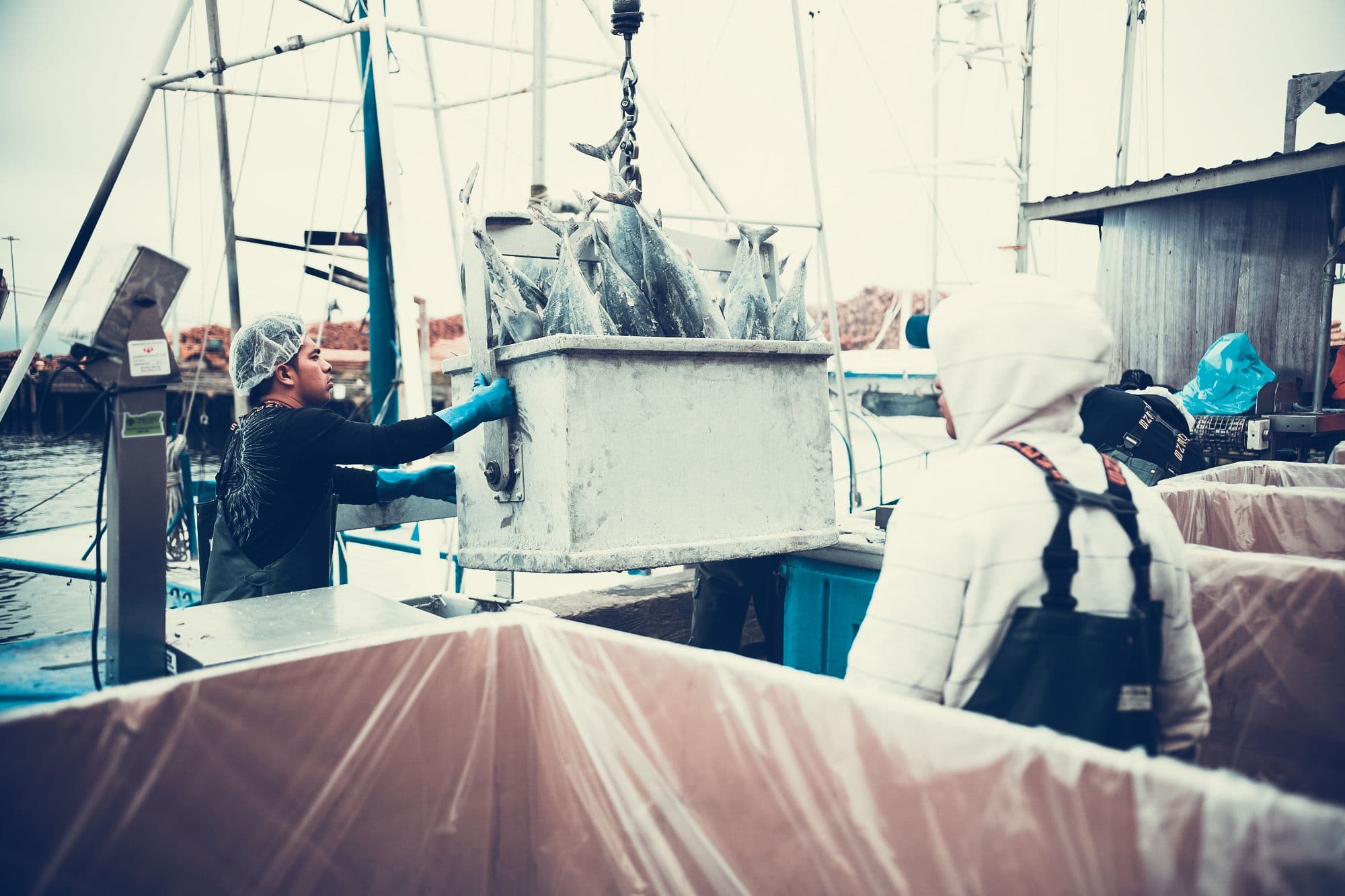
Considering its significant role in American households, and consequently, in the domestic food market, it’s no wonder that tuna is submerged in controversy. A fraught world of fish politics that spans five oceans as well as an array of environmental and human impacts swirl around this industry — all of which are quite invisible to the consumer. Tuna is considered a “highly migratory species” and exist in every major ocean, often moving between them, making management of this fish tricky to say the least. In the case of Pacific albacore, the fishery is managed federally (in partnership with Canada, in fact) by the National Marine Fisheries Service under the banner of the Highly Migratory Species sub-panel.
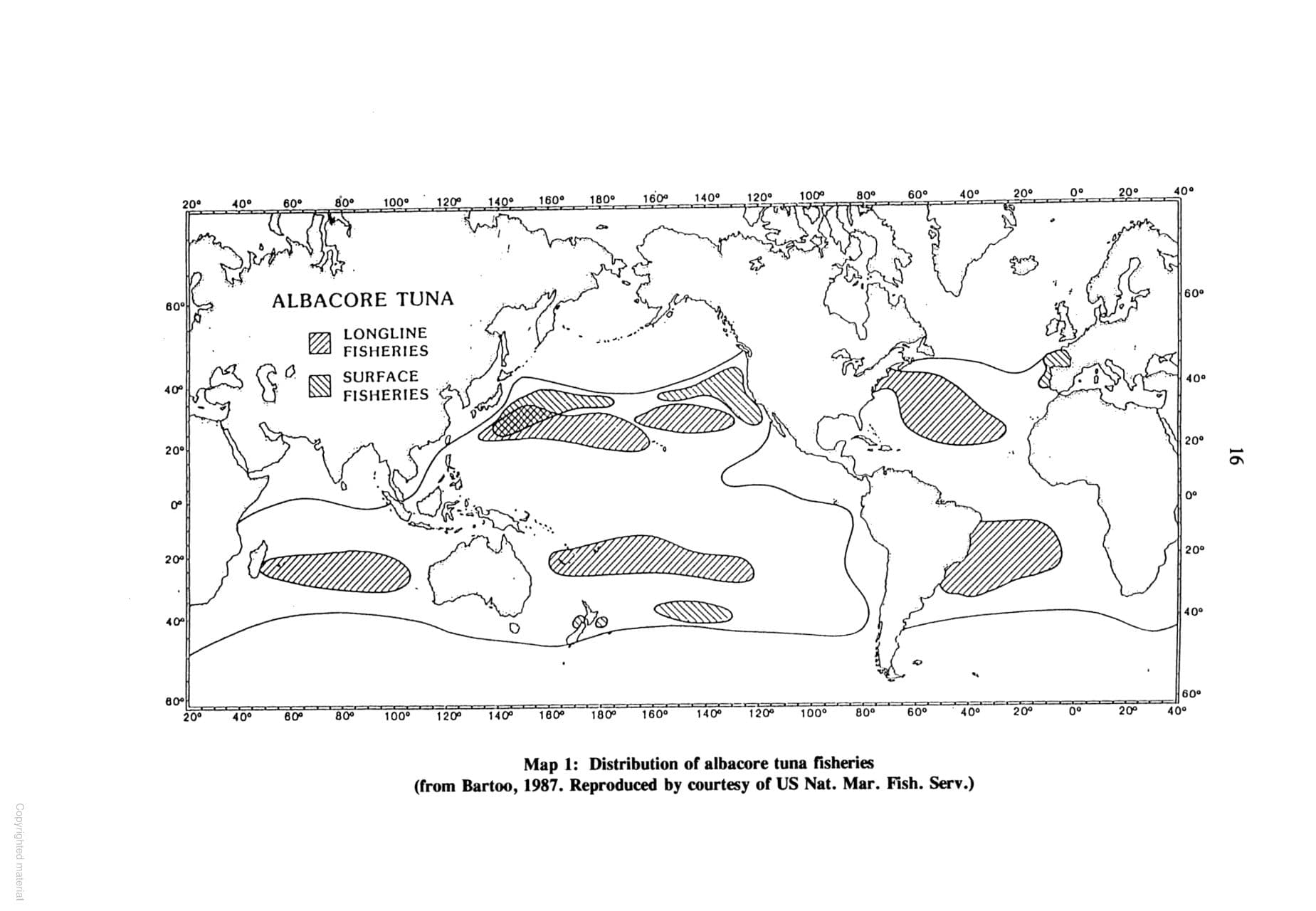
Conflict tuna
Tuna is at the crux of some of the most serious and pressing issues in the fishing industry today. Some are well-known to the public (think dolphins and bluefin) while others are more murky (debt bondage and piracy). I highly encourage you to go listen directly to the people who are working on solutions. You can do so by listening to “Tuna Negotiations” from the podcast series Fish Talk produced by Sitka Seafood Market and hosted by Paul Greenberg and Nic Mink.
In the face of these types of large-scale problems, I like to focus on what I can control. One thing I can do is help American seafood consumers avoid what I’ll call “conflict tuna” and instead support responsible and sustainable tuna.
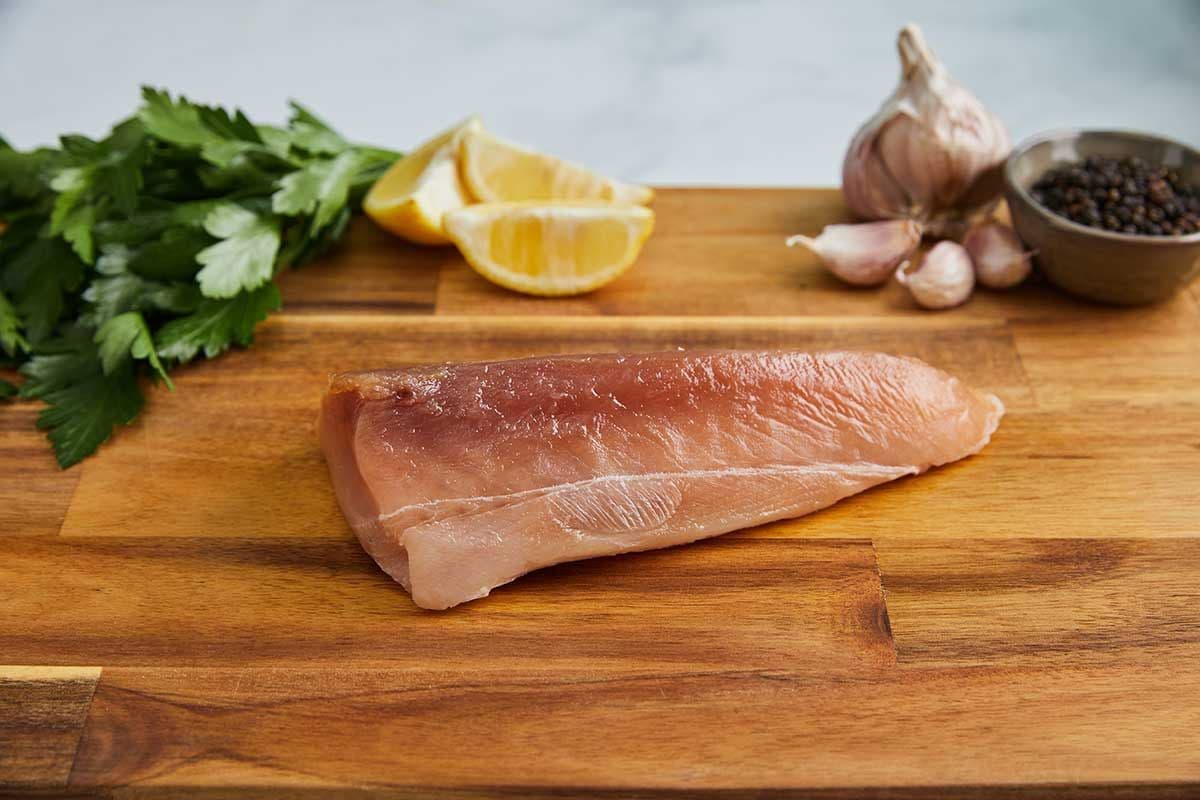
First, with fisheries, it’s important to be specific. Sitka Seafood Market Science and Policy Director Michael Kohan emphasizes this stating, “It’s important to talk about what species and stock, from which fishery, not just “tuna” in general.” For example, the country where the seafood is caught and processed is considered a primary risk assessment factor in calculating the social risk of specific seafood. That’s why Sitka Seafood Market only sources seafood that is caught and processed in the U.S. Additionally, Kohan looks at a number of factors when sourcing Sitka Seafood Market’ seafood — namely sustainability and quality. There are tools out there as well as seafood experts like Kohan that you can use as a resource to help you feel confident about where you are buying your seafood.
Sourcing sustainable tuna
For Sitka Seafood Market, responsibly-managed and sustainable fisheries are non-negotiable. When looking at where to source seafood, Sitka Seafood Market starts by looking at the health of the different stocks. For example, there are a variety of different stocks of albacore across the globe and there are conservation issues with some in the Atlantic and to an extent in the Indian Ocean; however, this is not the case for the North Pacific albacore tuna stock and fishery which has some of the highest ratings for responsible fisheries management from a number of reputable bodies and sources.
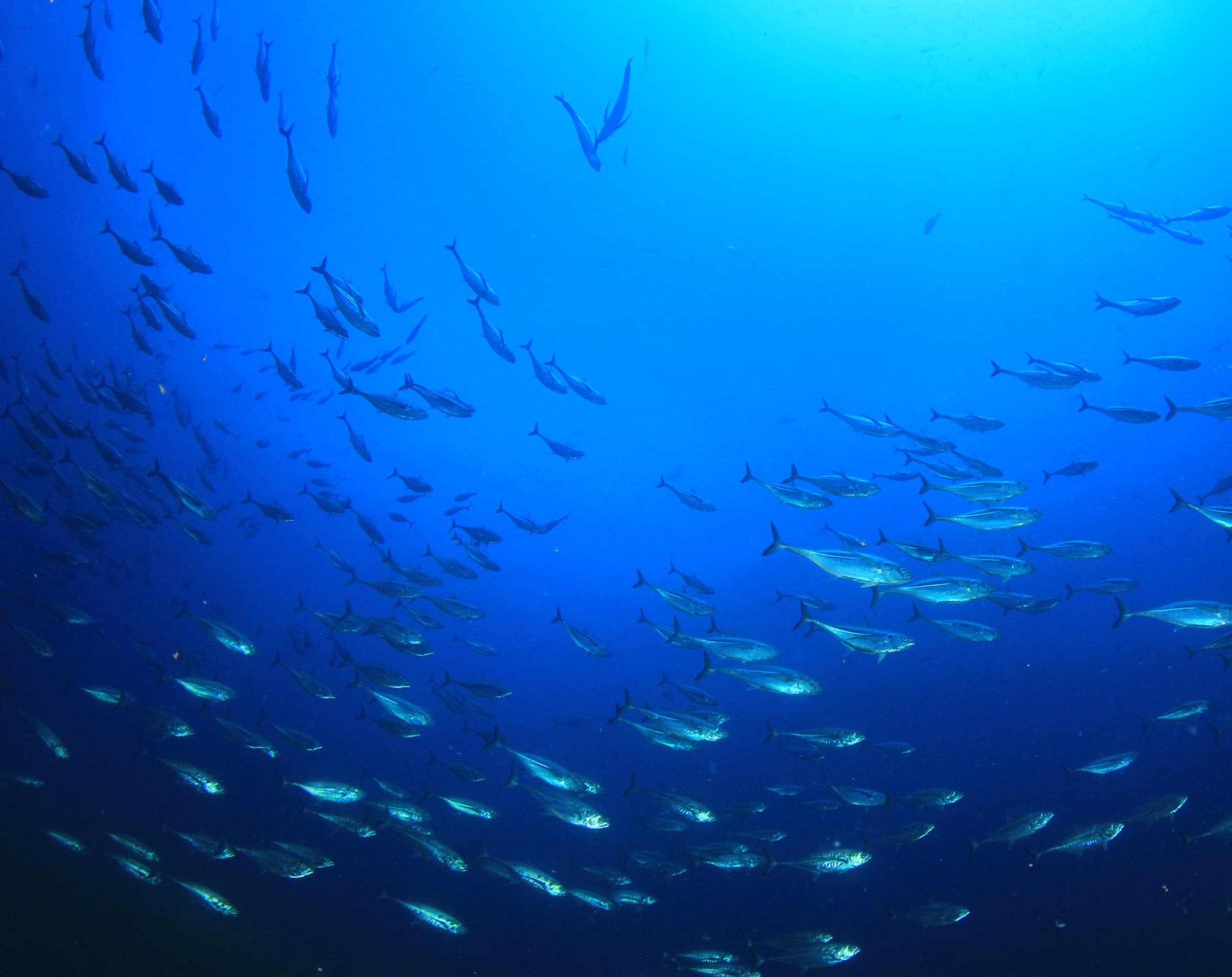
What’s more, Sitka Seafood Market looks at assessments from non-governmental third parties that use science-based methods to certify the fishery as sustainable. For example, the U.S. North Pacific albacore stock is considered a “Best Choice” by the Monterey Bay Aquarium's Seafood Watch program and is approved by two other sustainability rating programs including Ocean Wise and the Marine Conservation Society’s Good Fish Guide. Additionally, Sitka Seafood Market sources their albacore from the same fishery as brands that topped Greenpeace’s list for sustainable and ethical canned tuna.
All this to say that while I’m no expert on tuna, there are tools and sustainable seafood companies out there that can help non-experts like me enjoy responsibly-sourced, sustainable albacore on their salad at home.
